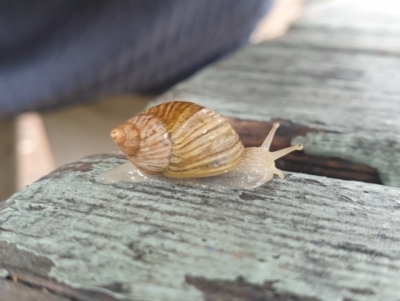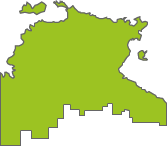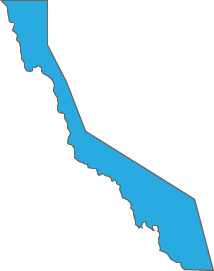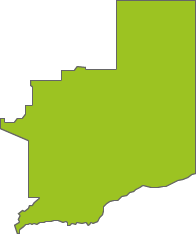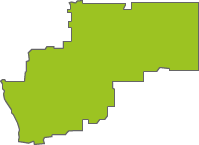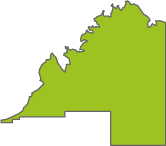Announcements
Hi All,We've had to refactor a very large and key part of the platform due to growing pains so that we can improve performance, reduce complexity and reduce maintenance overheads.While we work through...
Continue reading
NatureMapr receives critical funding to help Australia’s priority species as part of Australia wide expansion
NSW Government Priority Species list now live
IOS MOBILE APP UPDATE - GET IT NOW!
Discussion
Passer domesticus
Unidentified Underside smooth or wrinkled/roughened <Stereum etc>
Significant sightings
- Olearia tasmanica at Wellington Park, TAS
- Eucalyptus vernicosa at Southwest National Park
- Viola curtisiae at Wellington Park, TAS
- Eucalyptus regnans at Southwest National Park
- Eucalyptus viminalis subsp. viminalis at Mathinna, TAS
- Caryodes dufresnii at Wellington Park, TAS
- Bothriembryon tasmanicus at Freycinet, TAS
- Eucalyptus regnans at Lottah, TAS
- Allocasuarina crassa at Cape Pillar, TAS
- Eucalyptus regnans at Mount Field National Park
Latest identifications
Vombatus ursinus at Maria Island, TAS
Tachyglossus aculeatus at Cape Pillar, TAS
Circus approximans at Riverside, TAS
Alauda arvensis at Tunbridge, TAS
Carduelis carduelis at Ross, TAS
Passer domesticus at Ross, TAS
Larus pacificus at Rocky Cape, TAS
Circus approximans at Riverside, TAS
Circus approximans at Riverside, TAS
Larus pacificus at Rocky Cape, TAS
Carduelis carduelis at Ross, TAS
Passer domesticus at Ross, TAS
Tachyglossus aculeatus at Cradle Mountain, TAS
Arctocephalus pusillus doriferus at Fortescue, TAS
Thylogale billardierii at Cradle Mountain, TAS
Thylogale billardierii at Cradle Mountain, TAS
Top contributors
- Detritivore 149
- MattFox 142
- VanessaC 118
- Rixon 99
- HelenCross 91
- AlisonMilton 77
- Amata 71
- JimL 35
- BethanyDunne 33
- Liam.m 29
Top moderators
- natureguy 187
- Amata 109
- Liam.m 96
- Tapirlord 83
- Steve818 20
- AlisonMilton 10
- BrianLR 10
- SuziBond 9
- trevorpreston 8
- Detritivore 5
Explore Australia by region
Australian Capital Territory
Canberra & Southern TablelandsNew South Wales
Southern HighlandsAlbury, Wodonga
Canberra & Southern Tablelands
South Coast
Greater Sydney
Hunter Region
Central West NSW
Riverina Murray
New England
Far West New South Wales
New South Wales North Coast
Northern Territory
Top End and Big RiversCentral and Barkley









